Bearded dragons are wonderful pets, but like any animal, they can face health challenges.
One of the common issue that owners may encounter is tail rot...
Tail rot in bearded dragons is a condition where the tail's tissues begin to decay due to many reasons. So, let's review the listed factors to identify potential causes for your Bearded Dragon.
*If you notice any signs of this, consult a vet right away. It is crucial for accurate diagnosis and effective treatment.
Signs and Symptoms:
Bacterial Infections: Bacteria, particularly with unsanitary living conditions, can enter wounds or cuts on the tail, leading to infections and cause tail rot.
Injuries: Tail injuries, such as bites from cage mates or accidents, can create an entry point for bacteria, increasing the risk of infection and could lead to the issue.
Blood Clots: Less commonly known, blood clots can also contribute to tail rot, affecting the blood supply and leading to tissue damage.
Shedding Complications: Difficulties during shedding, stuck shed often blocks the blood circulation and can cause the issue.
Impactions: A diet lacking in fiber or inadequate hydration can lead to impactions, affecting the digestive system and potentially causing tail rot.


Treatment Options:
If you suspect your bearded dragon has tail rot, prompt action is crucial.
Consult a vet for a proper diagnosis, but treatment may include:
Antibiotics: Prescribed by a vet to combat bacterial infections.
Topical Treatments: Application of prescribed creams or ointments directly on the affected area.
Clean and Dry Environment: Ensure the enclosure is clean and dry to prevent further infection.
Proper Nutrition: Provide a well-balanced diet rich in nutrients to support overall health.
Optimal Bedding Choices for Post-Treatment:
Taking preventative measures is key to ensuring your bearded dragon's tail stays healthy. Follow these tips to keep your pet stay clean healthy after the treatment.
Hygienic Bedding: The kitchen towels, Unscented Paper, Hospital pads, or premium reptile liner provides a clean and hygienic surface, reducing the risk of bacterial and fungal infections after surgery is done.
Moisture Control: Its moisture-wicking properties help maintain an optimal environment, preventing excess humidity that can contribute to infections. Geckopia Premium Liner stands out as the go-to choice for effective liquid absorption and humidity control. If you're seeking a durable, high-quality option, it's worth a try.
Comfort and Safety: The soft and secure liner ensures your dragon's comfort while also minimizing the risk of injuries. When considering this, please avoid choosing low quality carpets as this can cause issues for claws or teeth. They may get their teeth and claws stuck, and this is big no no.
Conclusion
Tail rot in bearded dragons is a serious concern, but with proper care and attention, it can be treated and prevented. Consult with a vet, follow recommended treatments, and consider incorporating preventive measures like Geckopia's Premium Reptile Liner. By prioritizing your dragon's health and well-being, you'll ensure they lead a happy and thriving life.











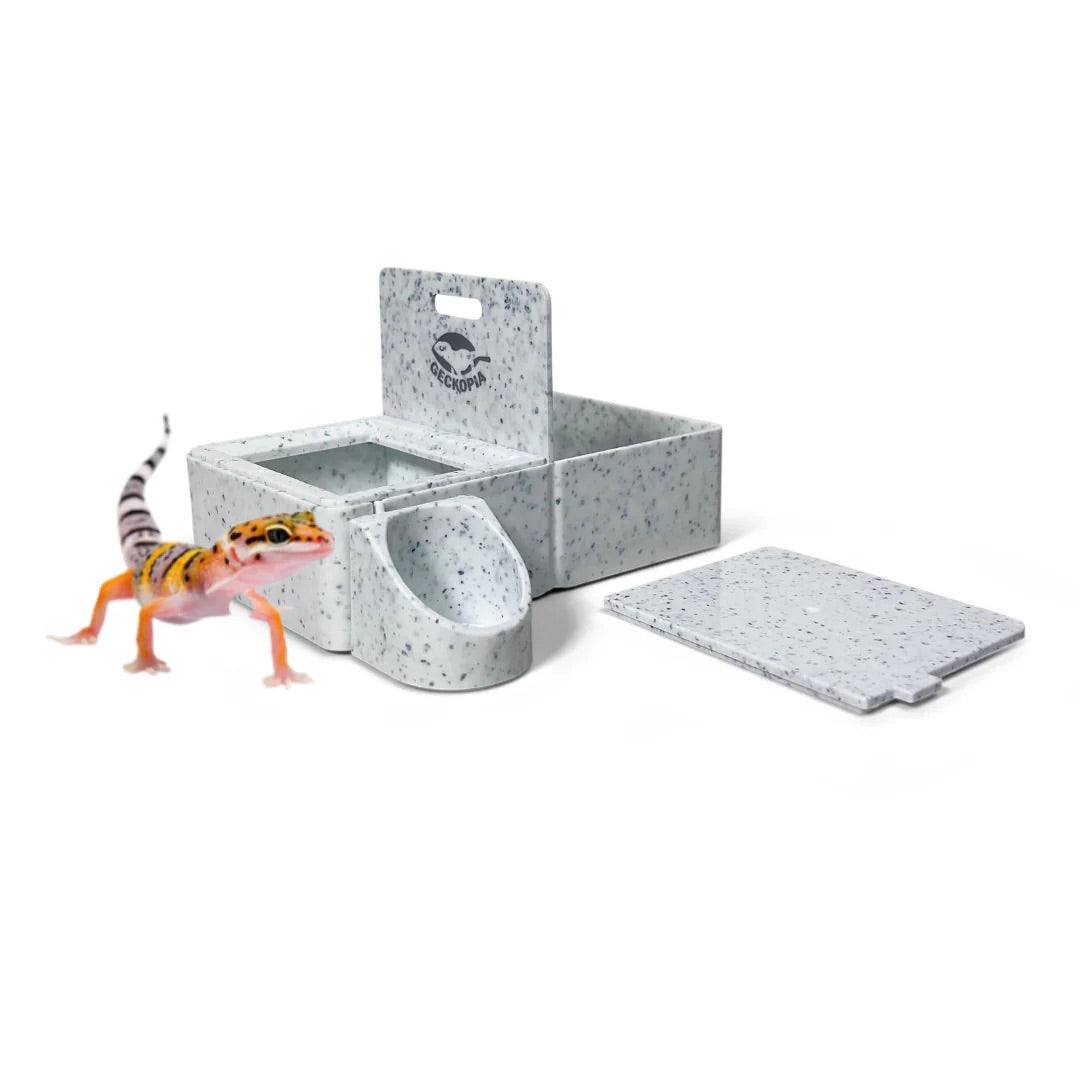














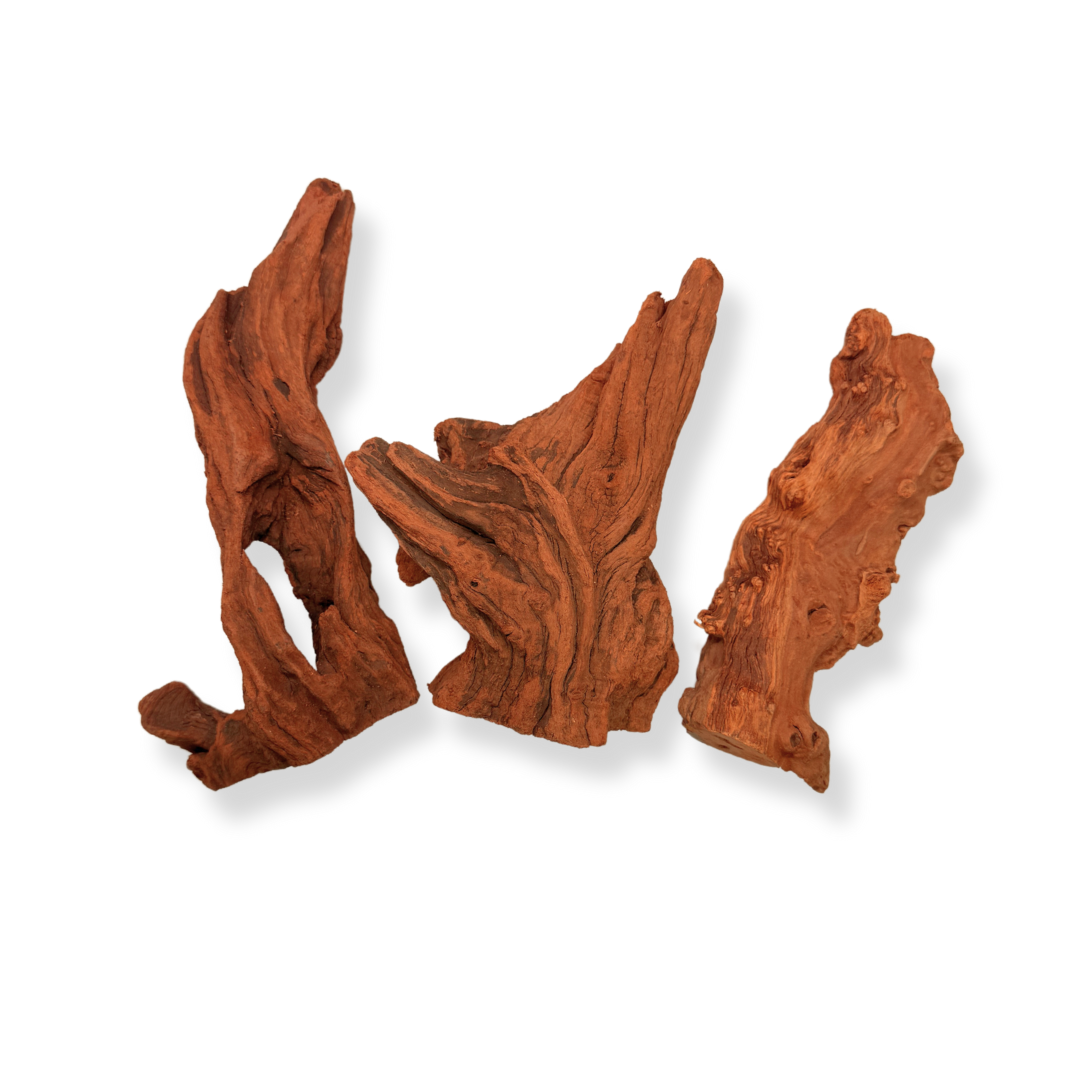

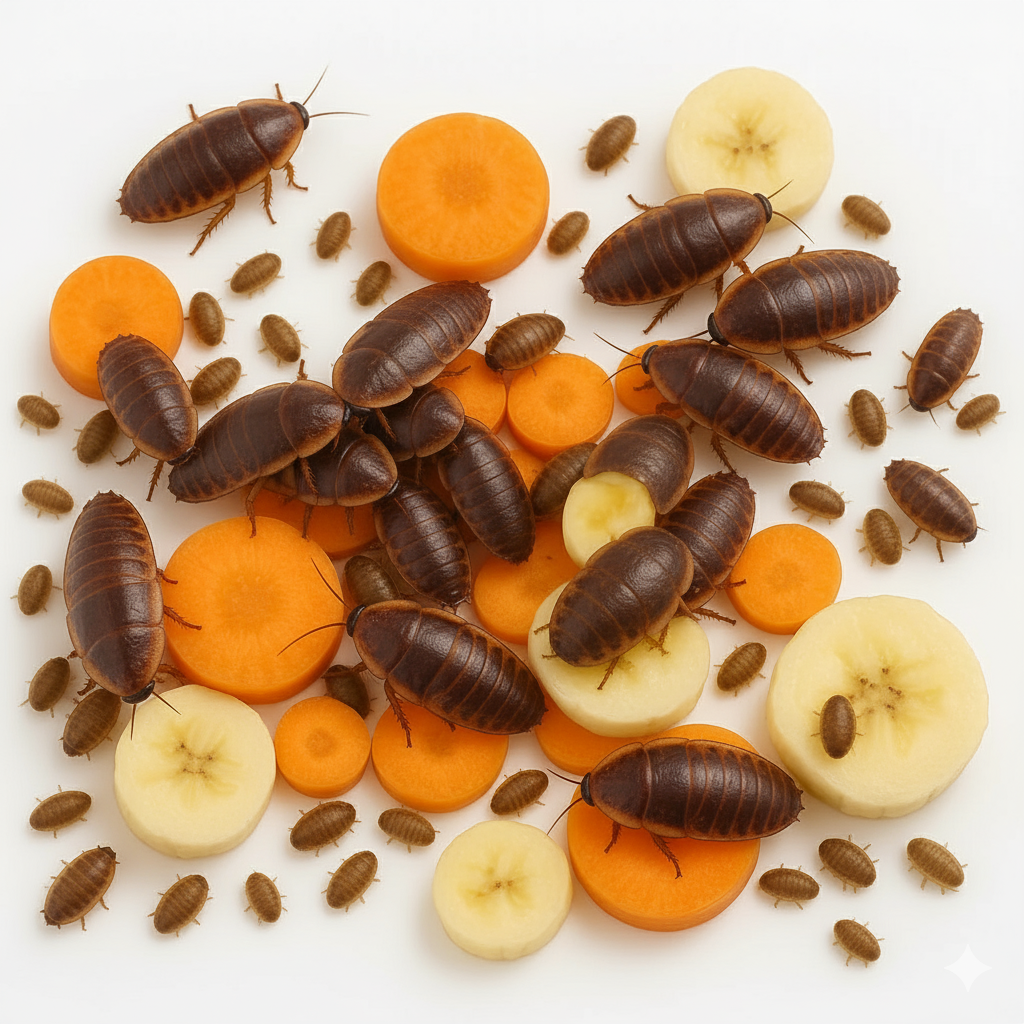












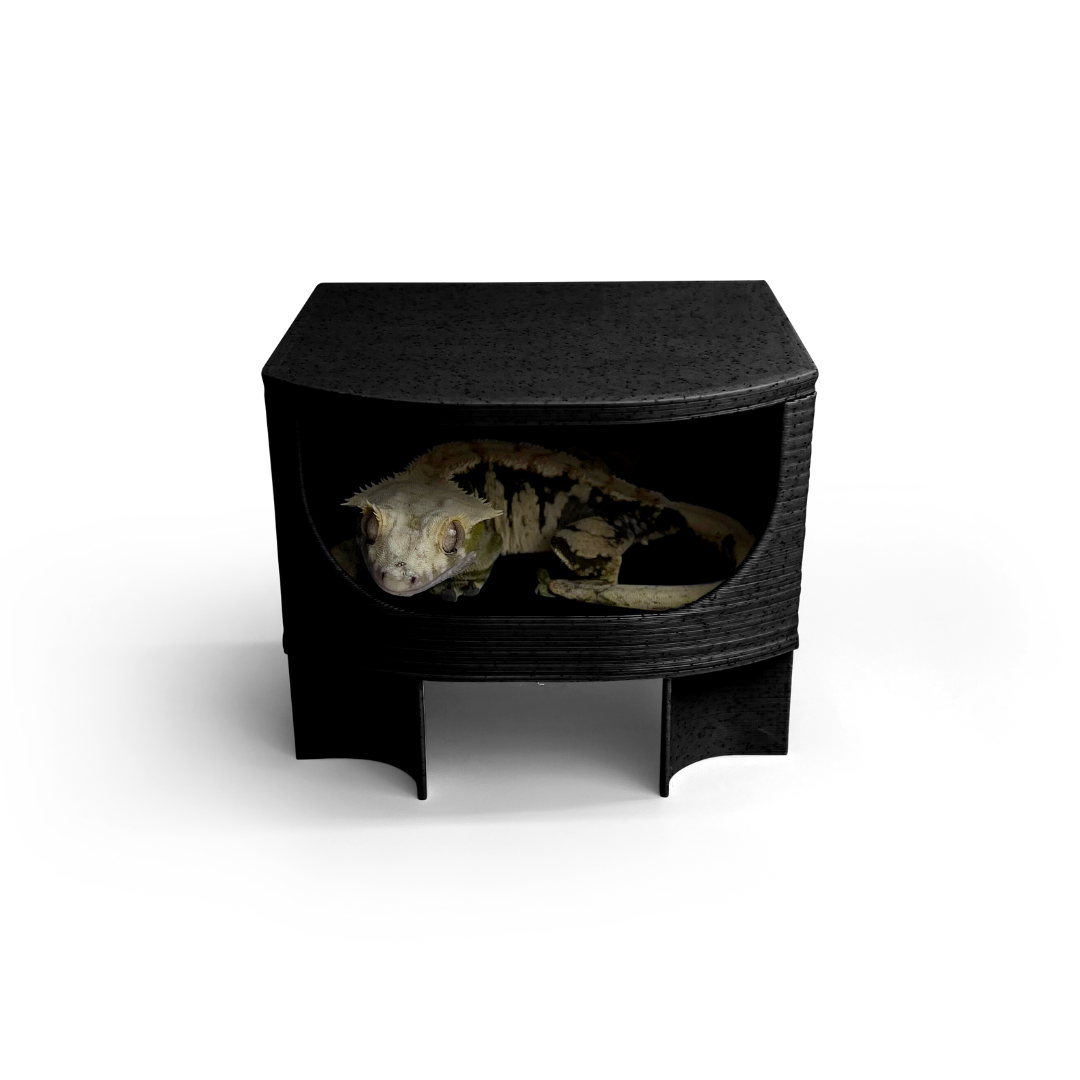


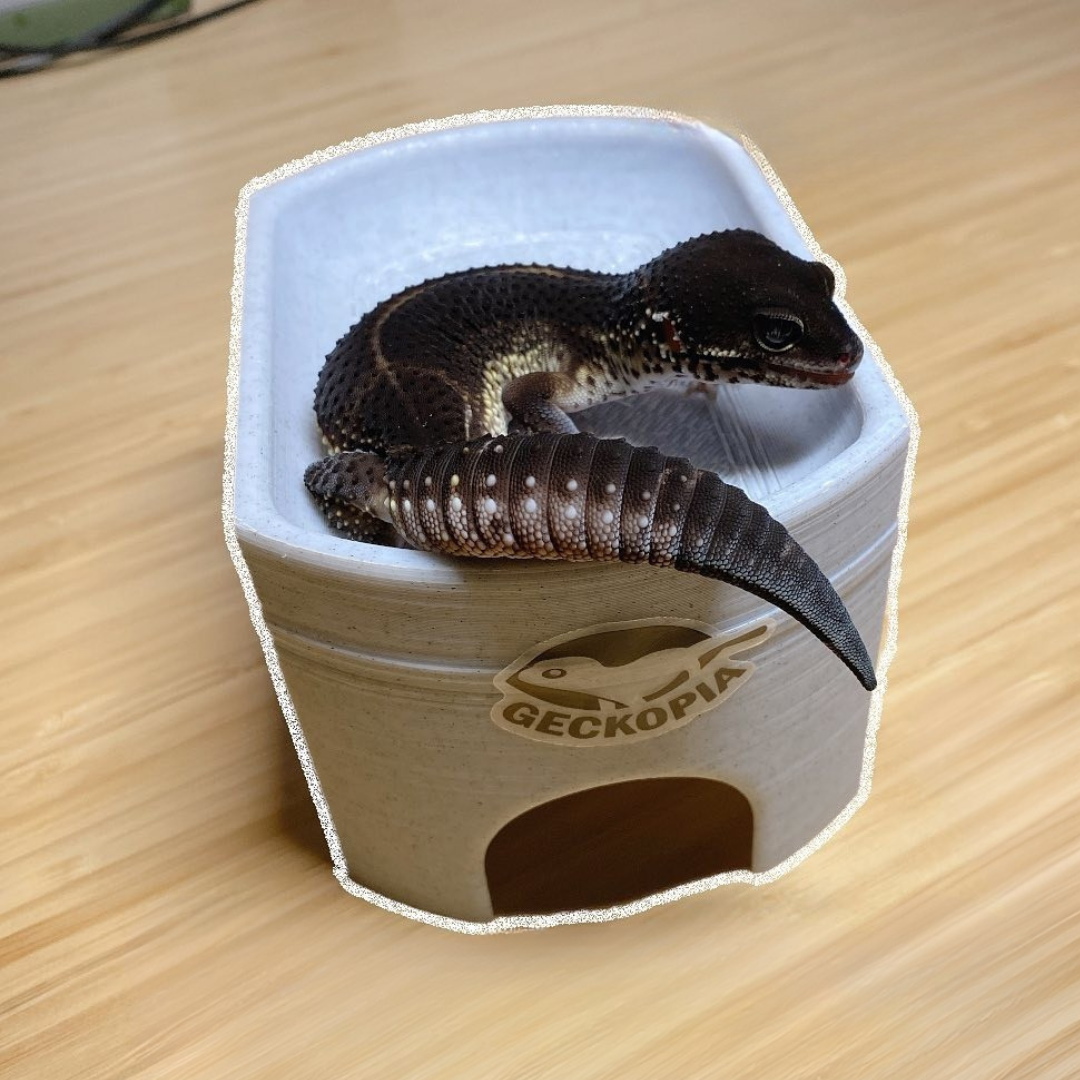



















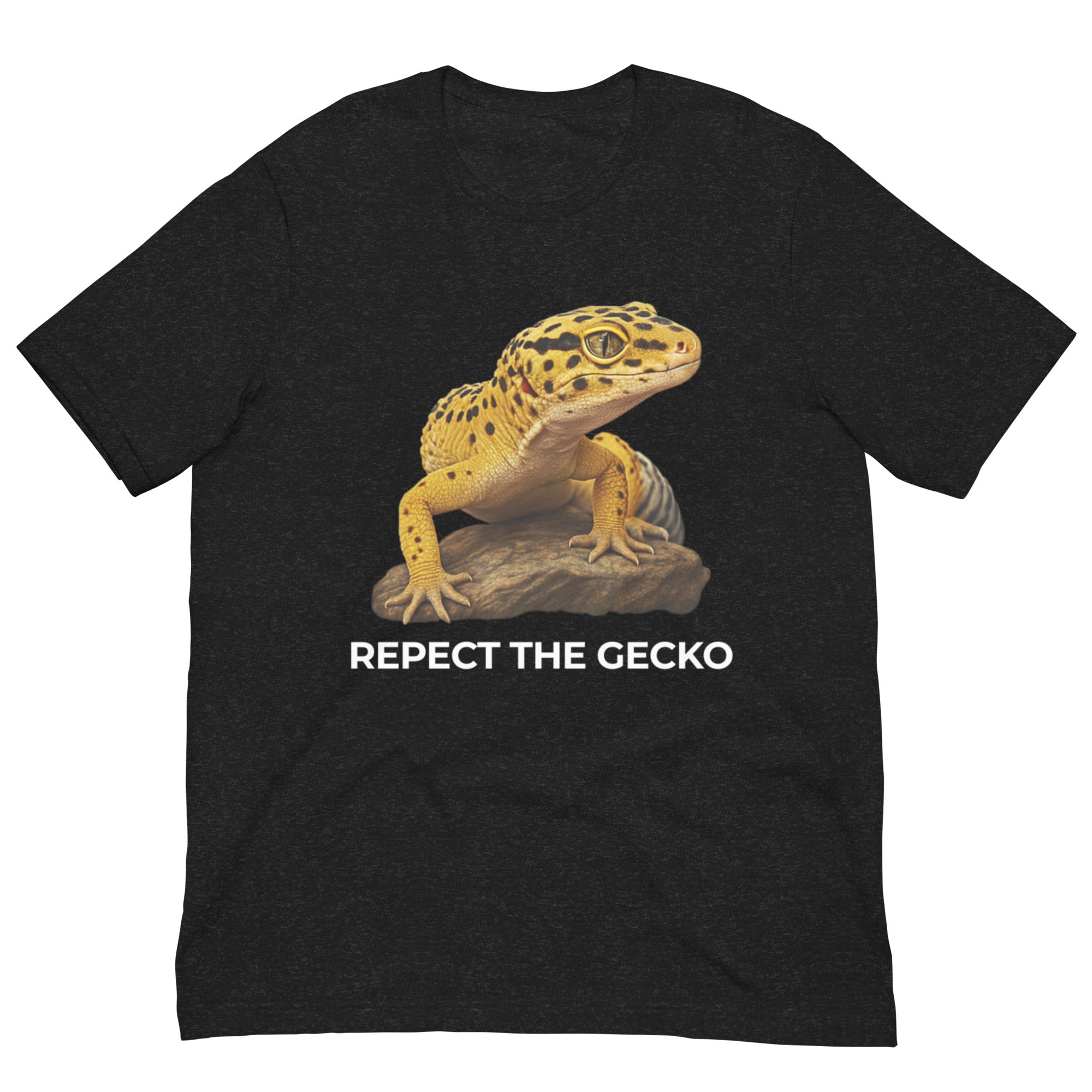

Leave a comment